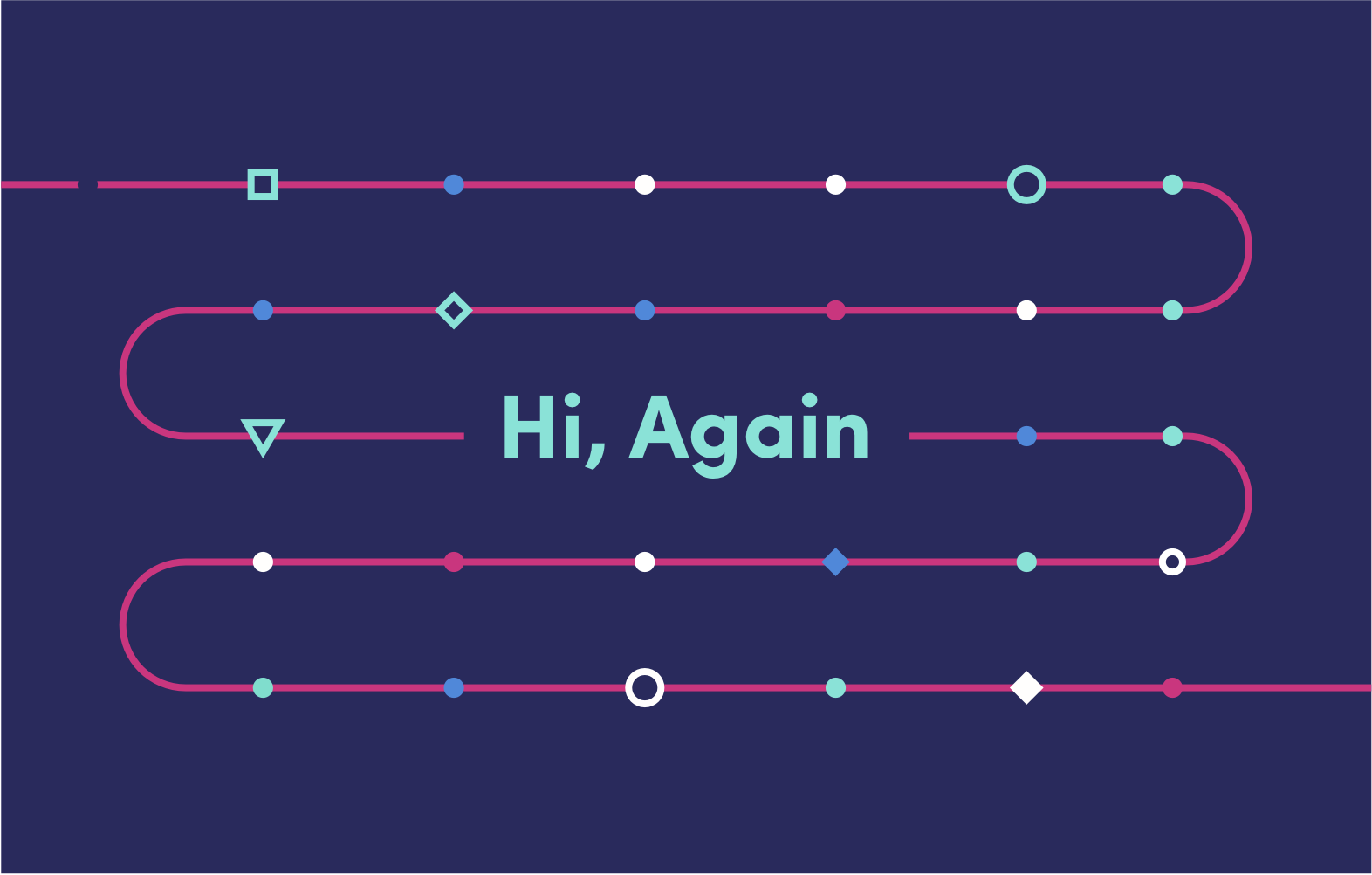Since our last post, it has been a busy and productive time for all of us at TailorMed. Over the past year, we’ve focused on building the most comprehensive platform to advance our shared purpose: addressing the crisis of financial toxicity in cancer care. After months of hard work, we’re ready to raise our heads and look to the future. We thought it would be a great time to update you on our progress. Below are some recent highlights:
Towards the end of 2017, we went live with our Financial Navigation technology at our first site, the Cowell Family Cancer Center in Traverse City, Mi. This was an exciting opportunity to see how TailorMed can help financial navigators reduce the burden of cancer costs on patients and their families, and in turn, on the hospital. A few months later, we introduced our Financial Insights solution, which tracks the performance of financial navigation programs and measures the hospital’s return on investment. The pilot concluded in August 2018 and we’re soon publishing the results. Stay tuned for our top takeaways.
Since the launch at our first site, we’ve seen an increasing demand for our solutions in a variety of settings, and we’re encouraged by the level of the adoption and positive results our partners are experiencing.
We have also partnered with patient organizations, such as Family Reach and New Day Foundation for Families. These important groups act as a financial lifeline for families fighting cancer. Using our technology, we are now helping these organizations provide financial assistance to the communities they serve.
In addition, we’re now working with community oncology practices—private physician-owned care centers that are not part of a hospital or other medical institution. Over the past few years, we’ve seen more cancer patients turning to community practices, as they enable patients to remain close to home and offer access to local, affordable care. While hospital-based cancer centers face deep challenges, we’ve discovered that private practices are even more susceptible to revenue loss due to patients’ inability to pay. Thus, the need for financial navigation tools may be even greater in these settings.
As we worked with these different providers and advocacy groups, we came to an important realization: It’s not enough for our software to help identify financial assistance options for patients. We need to support the entire financial navigation process. This includes helping enroll patients in assistance programs; managing prescriptions and orders for those who receive free or discounted drugs; and improving revenue collection. There are still inefficiencies in these areas, as they are fragmented, decentralized, and require significant manual work. By automating these processes and integrating them into one platform, technology can make a big difference.
This brings us to the question of what’s next for TailorMed? Over the next few months, we’re partnering with some of the nation’s leading healthcare organizations and unveiling new features that will increase our ability to support their needs from end to end. These tools will not only help alleviate financial distress for patients, but will also help ease the workflow for navigators, pharmacists, and others involved in patient care.
With current trends in the insurance market and rising drug costs, the financial burden of cancer care is only increasing. Fortunately, we’re seeing greater awareness of financial toxicity and growing adoption of navigation programs. As we continue to improve and expand TailorMed, we plan to be there with innovative solutions to help these programs achieve their vital mission.


